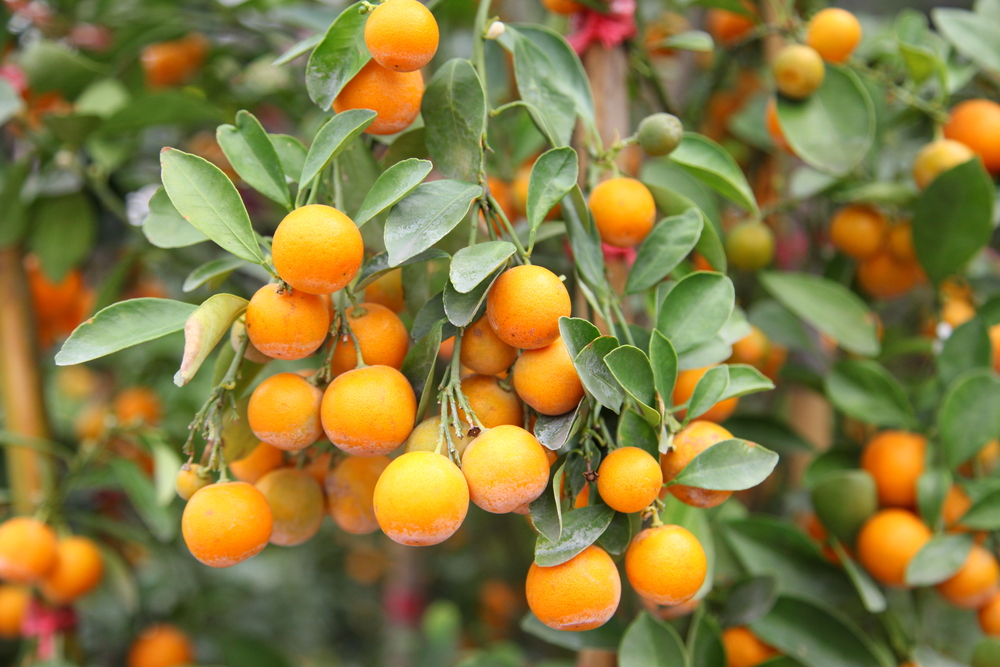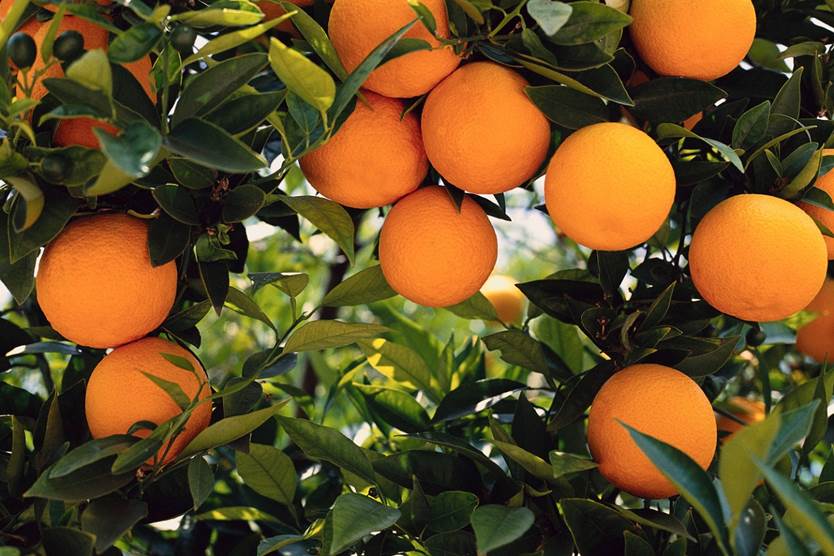Erica, two hours ahead in Chicago, repeatedly called her contact in Window Rock, trying to reach her so that Jim could begin his drive and arrive before dark. No response. She watched the hours tick by without a word. Later, she found out her contact had been in a meeting all day.
In the early afternoon, Erica called Barbara in a panic. Barbara, trusting in Erica and her ability to secure accommodations for the produce, told Erica that she’d sent Jim off to begin his journey to Window Rock.
Newly invigorated, Erica started calling anyone she could who worked at Window Rock’s Navajo Health Command Center. Eventually, she reached a woman named Eloise Meego, who listened to her and sprang into action. Eloise told her that the produce could be received at the Window Rock Wellness Center, which closed at 5 p.m. Erica knew Jim wouldn’t make it by 5. So Eloise called Nate at the Wellness Center, who agreed to stay late to receive the delivery. Eloise informed Erica that Jim needed to arrive by 8 p.m., because of the weekend lock-down. Erica replied that he should be there by then.
Meanwhile, Jim was having a rough drive. There are several ways to get to Window Rock, and he’d chosen to take the one cutting through the Tonto National Forest, thinking it’d be faster than the city roads.
Jim chuckled as he recalled the drive. “Heavy van, fully loaded,” he said. “I did a couple tours in Iraq as an Army driver. So I know what it’s like to drive in hot conditions, tough conditions.” But this, he said, “was a white-knuckle drive.” Jim’s attention was fully occupied as the van sling-shotted around the dramatic curves of the Superstition Mountains on a narrow, desolate road.
As the clock inched closer to 8 pm, Jim called and said he was still a ways from Window Rock. Erica started getting nervous. “Several hours after Jim had left, I got a text from my initial contact on the reservation,” Erica told me. “She said ‘He won’t get there in time. Turn back.’”
She called Nate to consult with him about what to do. He lives 40 minutes away, and if caught violating curfew, he could face up to a $1,000 dollar fine or 30 days in jail. The Navajo government has been very strict about enforcing the order, and has already issued 250 citations for violating curfew, as reported by the Arizona Republic.
To her immense relief, Nate told her that, in the hours since they’d last talked, Eloise had taken it upon herself to secure Essential Persons Papers for him, which would allow him to stay out past curfew. She didn’t think he’d need them, but wanted him to have them, just in case Jim came later than anticipated. Thanks to Eloise’s foresight, Erica could relax for the first time that day.
Finally, Jim reached Window Rock. The sun had set, and in the looming darkness, Jim waited alone in front of the designated meeting spot: the Window Rock Post Office. He felt his heart sink as he realized that its doors were locked and its windows shuttered. Not a soul was in sight.
Thinking quickly, he texted Erica, in Chicago, who gave him Nate’s phone number. At this point, Nate had been waiting at the Wellness Center for over three hours.
When Nate’s warm voice reached Jim through the phone as he stood in the lonely post office parking lot, Jim breathed a sigh of relief. Nate directed Jim to go to the Wellness Center, a few miles away on the Navajo Nation Fairgrounds.
Nate recounted their meeting: “There’s a guard who locks up the gates to the fairground every night, and he was getting ready to close them” when Jim drove up. Nate laughed, “Jim came just in time.”
The two men unloaded the van and put all the produce in a cool room. By 8:40 pm, they were done. Jim hopped back into Iskashitaa’s van, now considerably lighter, ready to drive through the night back to Tucson, following a route, much to his relief, along a smooth highway.
“We are just thankful for all the donations we’ve received,” Nate said, about the experience. “The Navajo people are very grateful.”
In Jim’s words: “This was a mission that we accomplished by the seat of our collective pants.” As Erica put it: the delivery was “coordination mixed with miscommunication, in the best possible way.”
Over the next week, staff at the Wellness Center would fill bags of food with Iskashitaa Refugee Network produce designed to last 10-12 days, and then hand them out to residents of Window Rock.
To make this donation happen, ReFED provided a generous grant to Forager, who then created a program to link communities in food deserts to nonprofits like Iskashitaa Refugee Network that could provide surplus produce. Workers at the Window Rock Health Command Center helped facilitate the donation by giving their time and, in the case of Nate, taking a personal risk, to receive the produce and store it. This whole process exemplified the meaning of iskashitaa: the Somali-Bantu translation of “working cooperatively together.” Now Iskashitaa Refugee Network, as well as its partners Forager and the National Gleaner Surplus Program, have the experience and the contacts to collaborate on future projects with the Navajo Nation.
Two thousand one hundred pounds of produce is a hefty amount. But it’s the collective time, effort, and care, by people in Maine, New York, California, Arizona, and the Navajo Nation, that was the real gift.
Sources:
Barclay, Eliza. “Navajos Fight Their Food Desert With Junk Food And Soda Taxes.” NPR, NPR, 1 Apr. 2015, www.npr.org/sections/thesalt/2015/04/01/396607690/navajos-fight-their-food-desert-with-junk-food-and-soda-taxes.
Cheetham, Joshua. “Navajo Nation: The People Battling America's Worst Coronavirus Outbreak.” BBC News, BBC, 16 June 2020, www.bbc.com/news/world-us-canada-52941984.
Curtis, Chelsea. “Navajo Nation Orders Another 57-Hour Weekend Curfew; Has Issued 250+ Curfew Citations.” The Arizona Republic, Arizona Republic, 29 Apr. 2020, www.azcentral.com/story/news/local/arizona-health/2020/04/28/navajo-nation-orders-another-57-hour-weekend-curfew-covid-19-coronavirus/3045352001/.
“Foods Indigenous to the Western Hemisphere.” American Indian Health - Health, www.aihd.ku.edu/foods/squash.html.
“Go to the Atlas.” USDA ERS - Go to the Atlas, www.ers.usda.gov/data-products/food-access-research-atlas/go-to-the-atlas.aspx.
Gould, Christian, et al. “[PDF] Addressing Food Insecurity on the Navajo Reservation Through Sustainable Greenhouses: Semantic Scholar.” Undefined, 1 Jan. 1970, www.semanticscholar.org/paper/Addressing-Food-Insecurity-on-the-Navajo-Through-Gould-Martino/d493a7675eeb977fce7a30fe91fdfef1d1be071d.
Morales, Laurel. “For Many Navajos, Getting Hooked Up To The Power Grid Can Be Life-Changing.” NPR, NPR, 29 May 2019, www.npr.org/sections/health-shots/2019/05/29/726615238/for-many-navajos-getting-hooked-up-to-the-power-grid-can-be-life-changing.
Silverman, Hollie, et al. “Navajo Nation Surpasses New York State for the Highest Covid-19 Infection Rate in the US.” CNN, Cable News Network, 18 May 2020, www.cnn.com/2020/05/18/us/navajo-nation-infection-rate-trnd/index.html.
“The Long Walk: The Navajo Treaties.” Smithsonian National Museum of the American Indian, americanindian.si.edu/nk360/navajo/long-walk/long-walk.cshtml.
This publication made possible by the Arizona Humanities and the National Endowment for the Humanities.




















